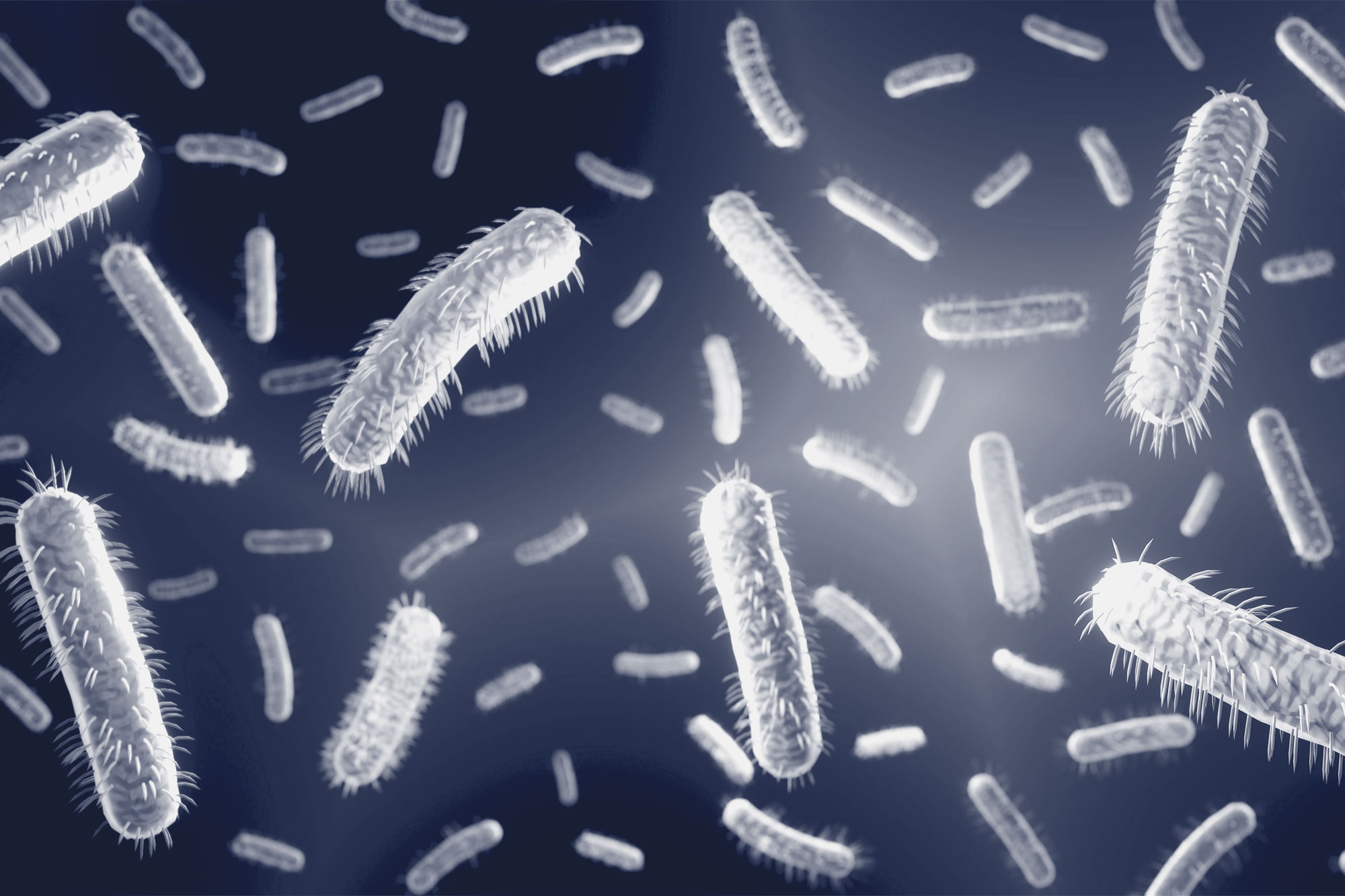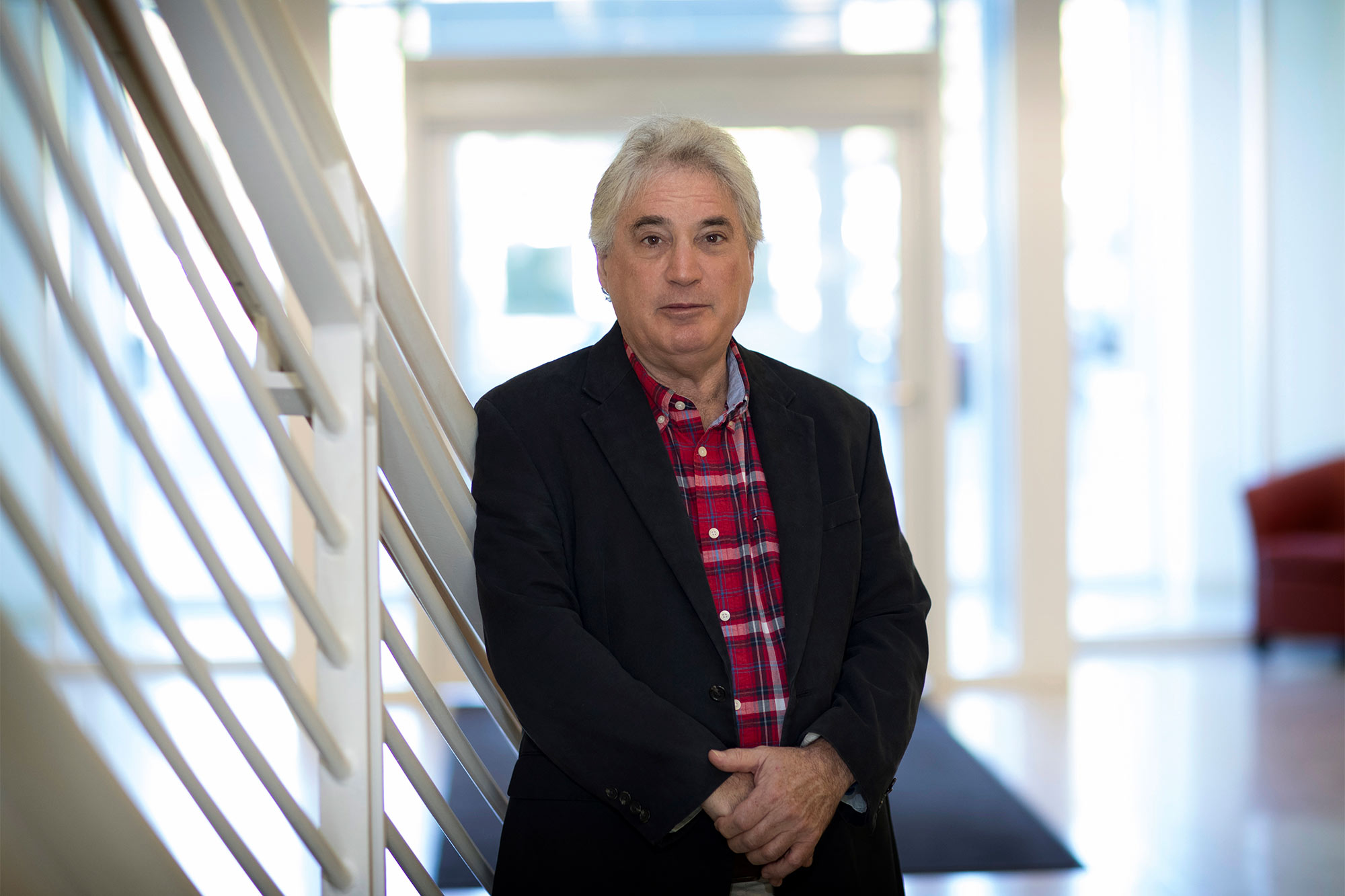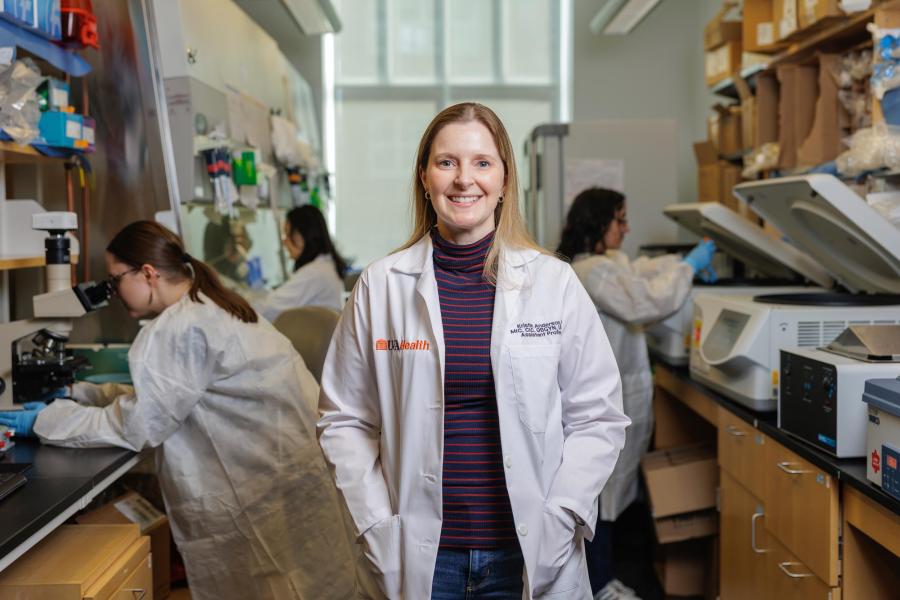University of Virginia School of Medicine researchers and their collaborators have solved a decades-old mystery about how E. coli and other bacteria are able to move.
Bacteria push themselves forward by coiling long, threadlike appendages into corkscrew shapes that act as makeshift propellers. But how exactly they do this has baffled scientists, because the “propellers” are made of a single protein.
An international team led by UVA’s Edward H. Egelman, a leader in the field of high-tech cryo-electron microscopy, has cracked the case. The researchers used the advanced microscopy, sometimes called cryo-EM, and advanced computer modeling to reveal what no traditional light microscope could see: the strange structure of these propellers at the level of individual atoms.
“While models have existed for 50 years for how these filaments might form such regular coiled shapes, we have now determined the structure of these filaments in atomic detail,” said Egelman, of UVA’s Department of Biochemistry and Molecular Genetics. “We can show that these models were wrong, and our new understanding will help pave the way for technologies that could be based upon such miniature propellers.”



.jpg)


